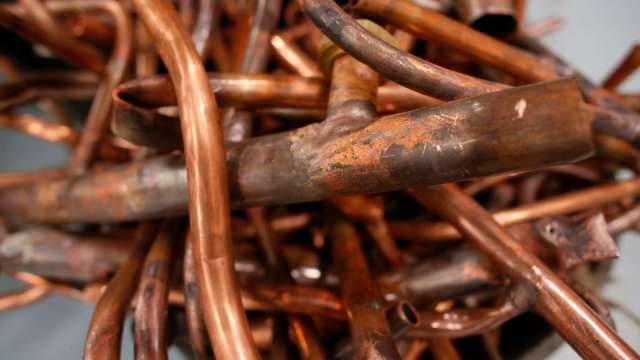With the release of liquidity by global central banks and fiscal stimulus, not only risk assets have soared, but also commodities represented by copper. Goldman Sachs analyst Nicholas Snowdon warned that due to the historical shortage of copper, future prices may rise to historical highs.
Snowdon pointed out that after the end of the Chinese New Year holiday, investors’ purchases of copper surged, and inventories were limited. This makes it possible for copper to see its worst shortage in 10 years, triggering a rapid rise in copper prices.
He said that the total number of open positions on the Shanghai Futures Exchange (324,000 contracts) is still 16% lower than the recent peak at the end of November (377,000 contracts) and 40% lower than the record high, so it will further increase copper purchase.
Snowdon said that the anti-seasonal inventory consumption from the first quarter of this year to the present has further exacerbated the very low inventory starting point at the beginning of the year. This happened in 2004. These trends indicate that the risk of shortages in the coming months is high.
In this case, Snowdon believes that the fundamental outlook for copper remains extremely optimistic, and there is no evidence that the current price level will reverse the fundamental trend.
Snowdon predicts that the most serious shortage will occur in 2021. With the advent of the copper supply peak in 2023-2024, the current copper supply problem will be completely reversed, which will make copper prices hit a record high within one year.
Therefore, Goldman Sachs raised its expectations for copper prices. The target price for the next 3/6/12 months will be changed from the previous 8500/9000/10000 per ton. USDIncrease to 9200/9800/10500 USD。
Citigroup also agrees with Goldman Sachs. They expect that by at least 2023, the United States will have a huge supply gap.
–


